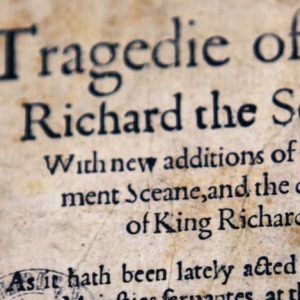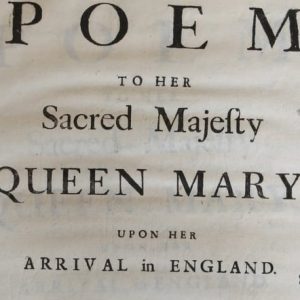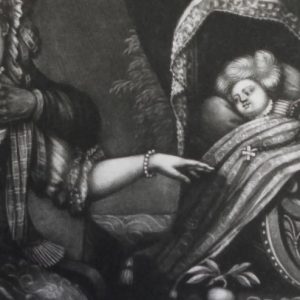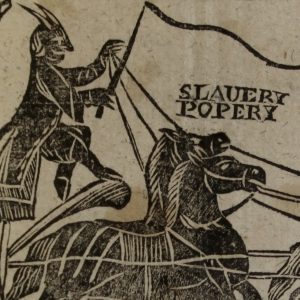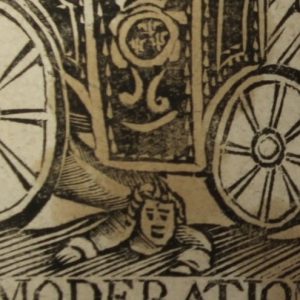The Stuart century was punctuated by moments of crisis. These crisis points included key moments of revolution and change, most notably during the civil wars and interregnum. Between the execution of Charles I in 1649 and the restoration of Stuart monarchy in 1660 Britain endured massive constitutional upheaval, a decade of republican rule, and a comprehensive redefinition of the relationship between court and parliament. After the so-called Glorious Revolution in 1688, monarchy was limited by the constitution and a new era of parliamentary monarchy was initiated.
These innovations in governance were triggered by domestic and international political crises: the alleged murder of James I; the trial and execution of Charles I; the conversion of the future James II to Catholicism in 1668; the birth of a Catholic prince in 1688 and subsequent invasion by a Dutch army; the death of the last Stuart monarch, Queen Anne, without a child in 1714. These crisis points are key to our understanding of the Stuart century.
Key Questions
- To what extent were the revolutions of the seventeenth century caused by crises and scandals within the Stuart court?
- What was the enduring impact of the execution of Charles I?
- Was the Glorious Revolution more or less revolutionary than the British civil wars and Cromwellian republic?
- How important was religion in the later Stuart succession crises?



